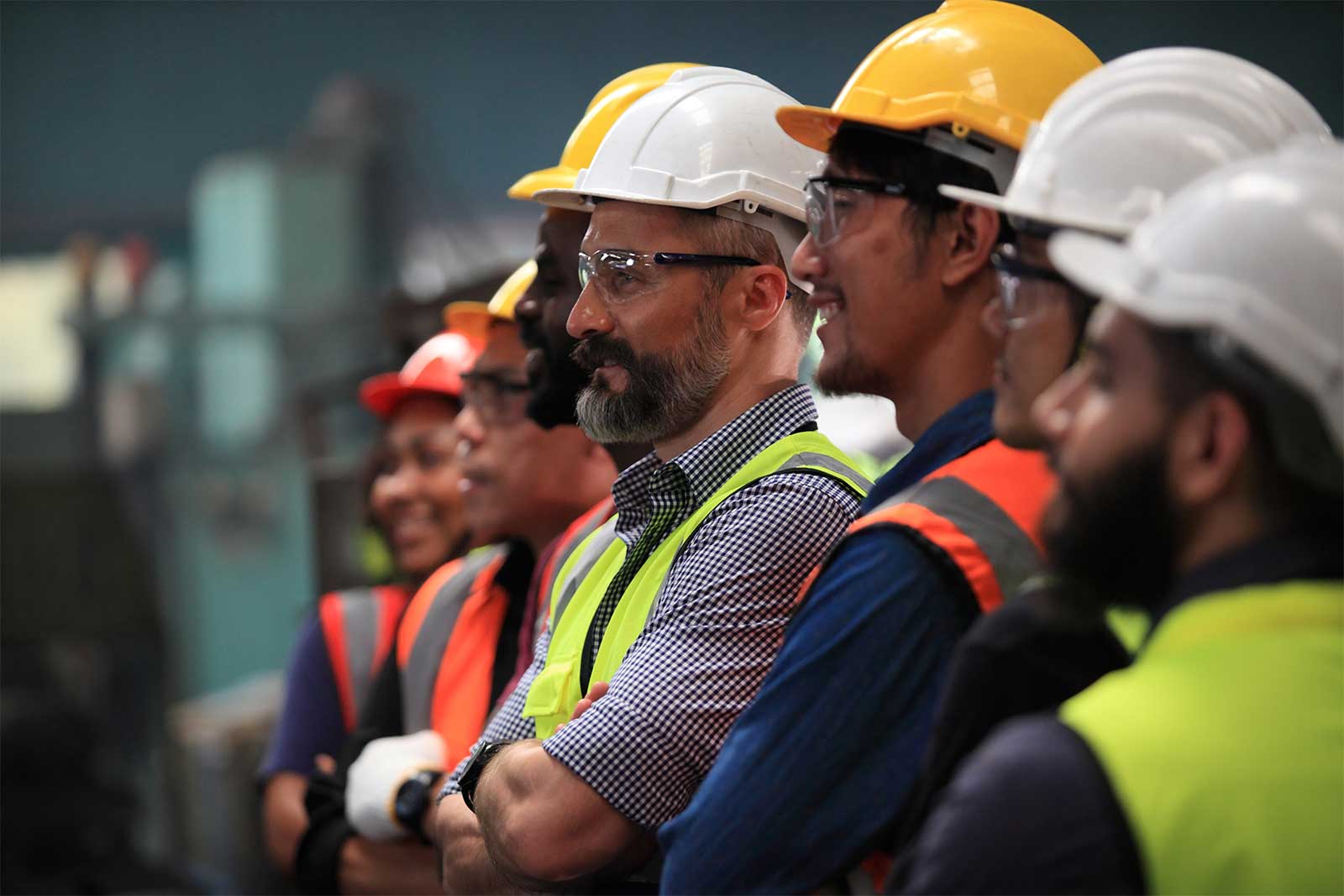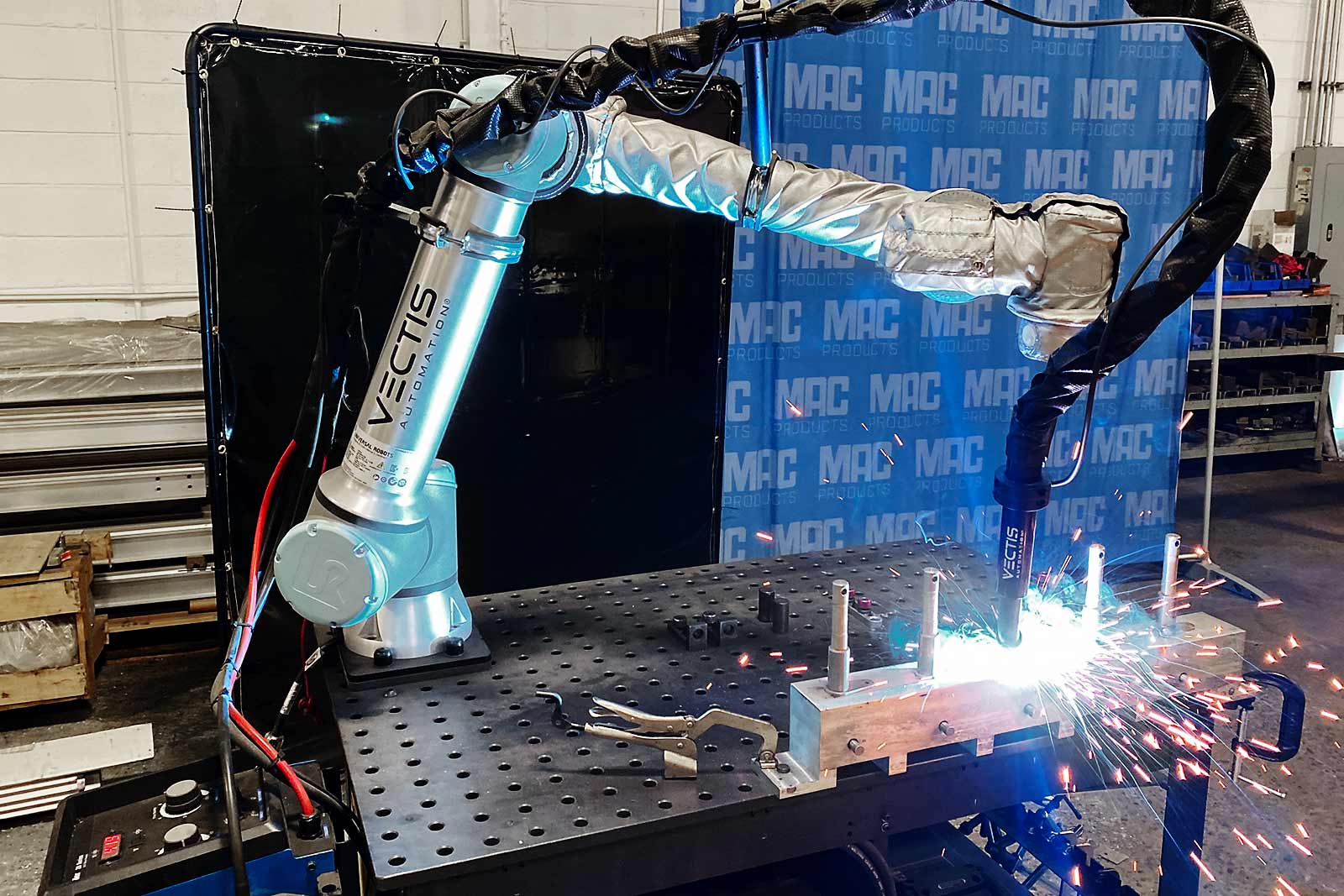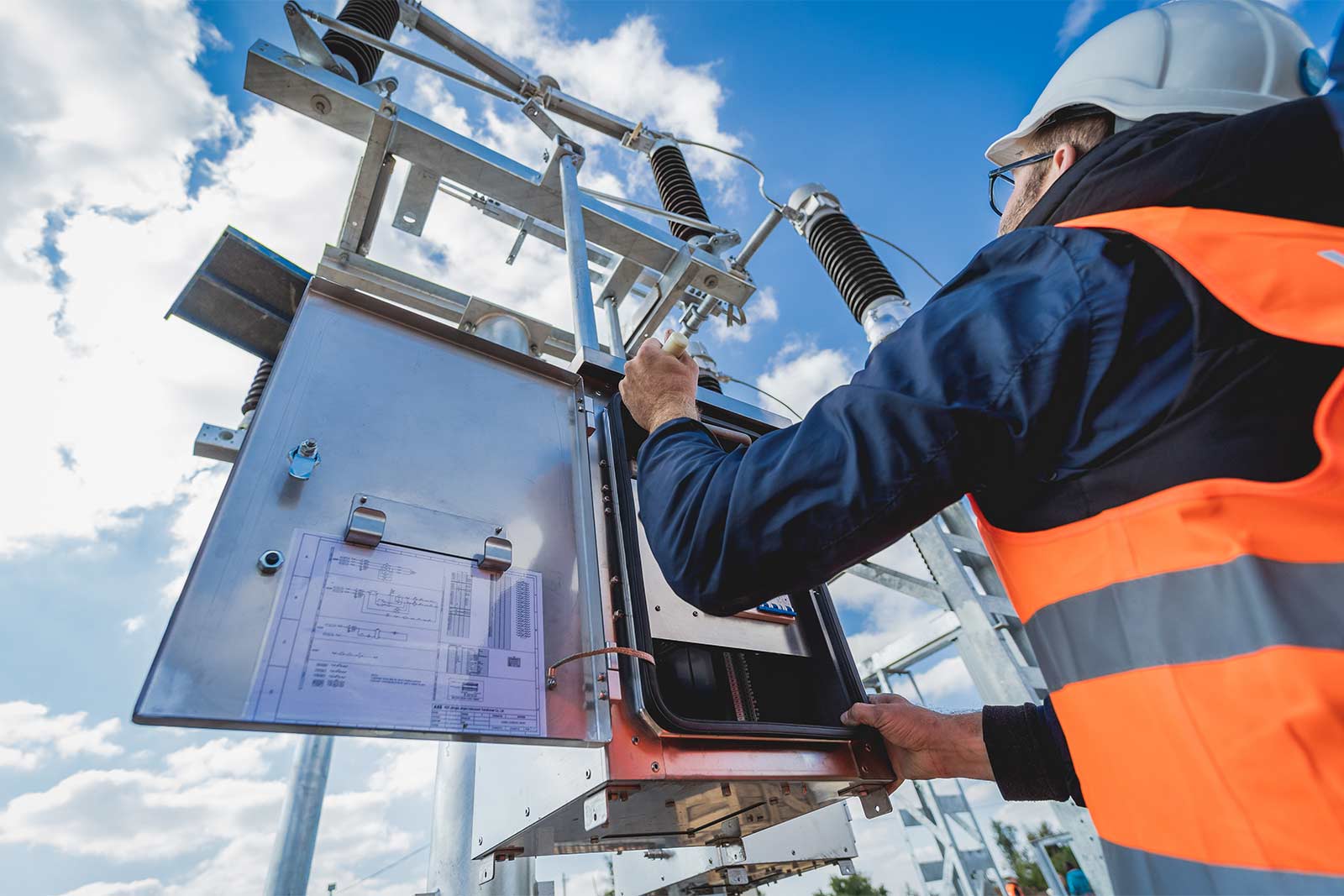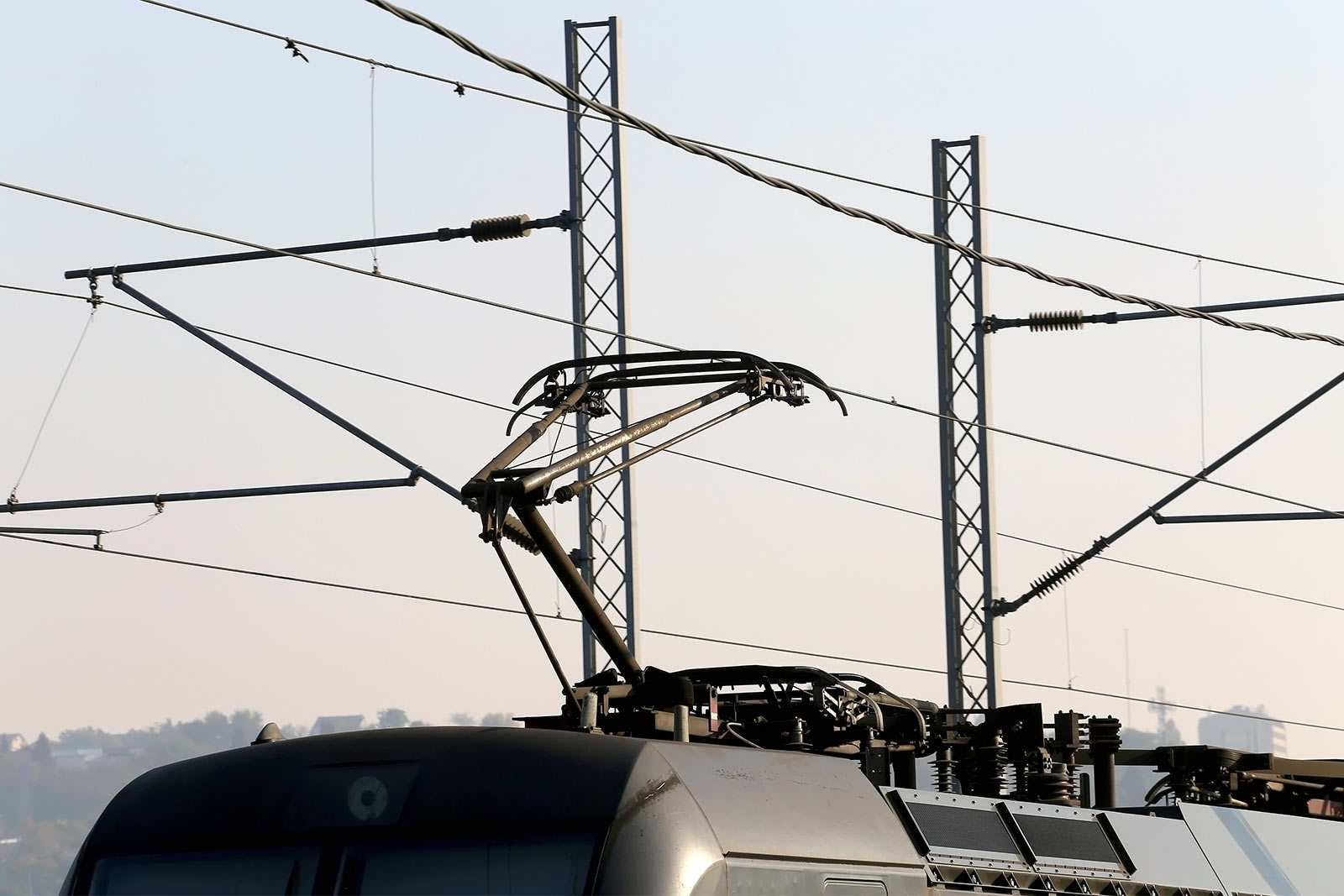The Covid-19 pandemic changed almost every aspect of the ways that people across the world live and work. While many areas of life have since returned to normal, some positive learnings have been carried forward into the post-Covid world. For example, the pandemic showed us that many more aspects of work can be carried out remotely than was previously thought to be possible.
One such element is the factory acceptance test (FAT), a common practice across numerous industries particularly in the engineering and manufacturing spaces. These tests were previously traditionally carried out in person. However, many companies–including our team here at MAC Products–pivoted to performing some or all of their FATs online during the pandemic. Many have continued this practice since restrictions were lifted due to the many benefits it offers.
In today’s blog, we will take a close look at virtual factory acceptance tests and what you need to know about them.
What is a Virtual Factory Acceptance Test (VFAT?)
Here at MAC, like many companies in our field, we design and deliver bespoke products that are custom-made for our clients. When a product is completed, we first carry out internal testing, and once we are satisfied we will demonstrate these testing procedures in front of the customer to ensure that they are happy with their purchase. This is a factory acceptance test, or FAT.
Factory acceptance testing gives the client the opportunity to take a close look at their product and inspect it for quality, functionality, and operation. It helps to verify that the finished product meets the required standards of quality and lives up to its intended purpose before it is delivered to its destination.
Our factory acceptance testing process involves:
- Showing the overall assembly construction to the customer to demonstrate quality of workmanship.
- Demonstrating that the operating mechanism works as intended (this may be electrical or mechanical.)
- Dielectric withstand testing (when required) to demonstrate safe functioning of the unit.
- Any other electrical or mechanical checks specified in the test protocol.
In the past, we would invite the client to come to our site in person. Now, however, it is possible to conduct some of our FATs remotely. We have called these virtual factory acceptance tests, or VFATs, and they are carried out through Microsoft Teams.
What is the Difference Between a Normal FAT and a VFAT?
As far as possible, and using all the available technology to assist us, we try to ensure that a virtual FAT replicates the experience of its in-person counterpart. During a physical FAT, we would expect that the client would want to handle the product (for example, showcasing sectionalizing switches or opening doors.) During a VFAT, we will need to do this for them.
Apart from the method of delivery, however, a normal FAT and a VFAT follow exactly the same testing, inspection, and approvals process.
What Are the Advantages of Virtual FATs?
When the Covid-19 pandemic began, businesses such as ours had to be adaptable and pivot with the changing circumstances in order to remain viable. Virtual FATs allowed us to continue providing the level of service and quality that our customers expect without exposing any members of our team to unnecessary risk.
VFATs also remove geography as a barrier. We have clients all over the US, not all of whom are able to easily travel to our premises in New Jersey. A VFAT saves these clients time and money by eliminating the need for an expensive flight across the country.
VFATs can make it easier to schedule an FAT meeting, particularly when multiple stakeholders (who may even be located in different timezones) are involved. This benefit is particularly noticeable when an FAT needs to happen on short notice.
Carrying out an FAT online also enables more robust and accurate record-keeping of meetings, up to and including the recording of meetings. In the event that there is a dispute or an important detail is forgotten, this provides objective evidence of what was said.
Finally, VFATs allow larger groups of stakeholders to attend an FAT meeting.
Things to Know When Running a VFAT.
If you are considering implementing VFATs for your organization, there are a number of factors you will need to be aware of to ensure that this process runs successfully.
The first step is to find the best conferencing platform on which to carry out your VFATs. Here at MAC we use Microsoft Teams, but you might choose a different solution. It is also essential to use a high-quality camera so that the client can see the product clearly and in detail. A flexible device that can zoom in or out and be moved around is useful here, particularly if–like ours–your products are very large. A strong and reliable internet connection is vital. We usually recommend doing a dry run of your VFAT in advance to ensure that everything is working correctly.
Next, ensure that all relevant documentation has been provided to the client. We share the testing protocols and any drawings we will be using with the client ahead of time to ensure they have all the information they will need.
Finally, consider the space from which you will host your VFAT. You will need plenty of space, particularly if the product in question is large. You may need to move and maneuver the product, or move around it with your camera if it is too large to move.
Learn More
At MAC, we are proud to offer a versatile and client-focused service to suit your needs. Shifting to a hybrid system in which we can offer both in-person and virtual FATs is a part of that. Though many of our clients have opted to transition back to in-person FATs since the Covid restrictions were lifted, our virtual offering is still very important and we are continually evaluating, refining, and improving it.
If you would like to learn more about our VFAT process, any of our products, or anything else we have discussed in this post, please feel free to contact us at any time.






